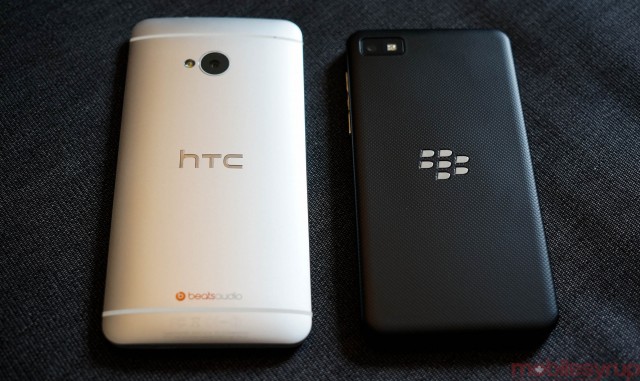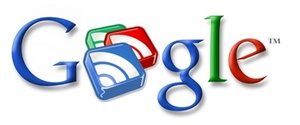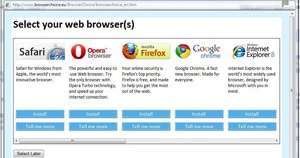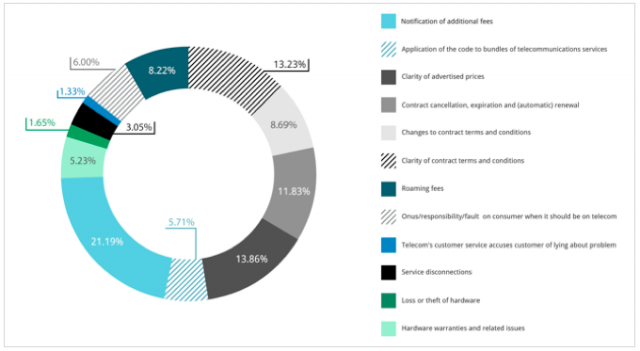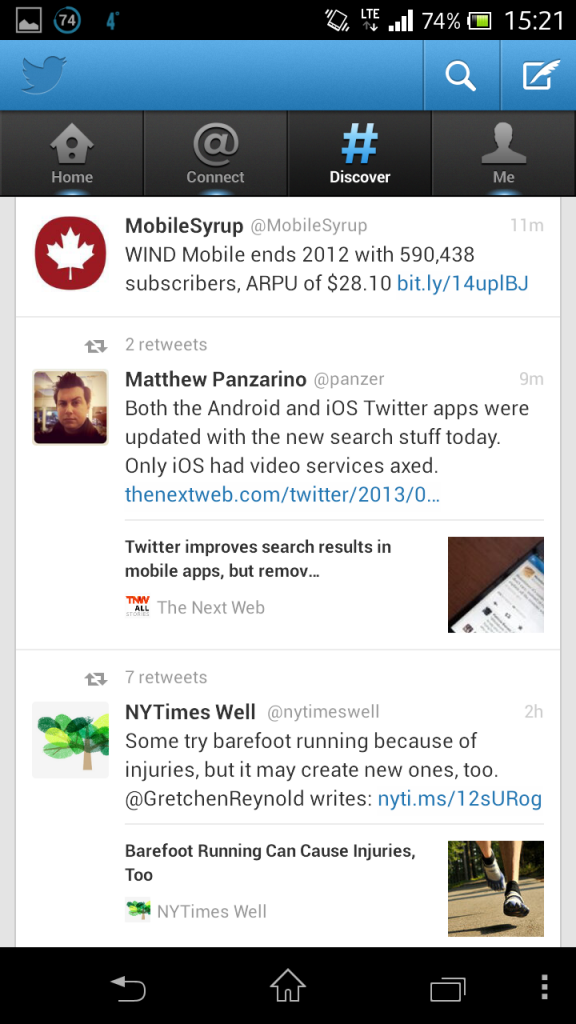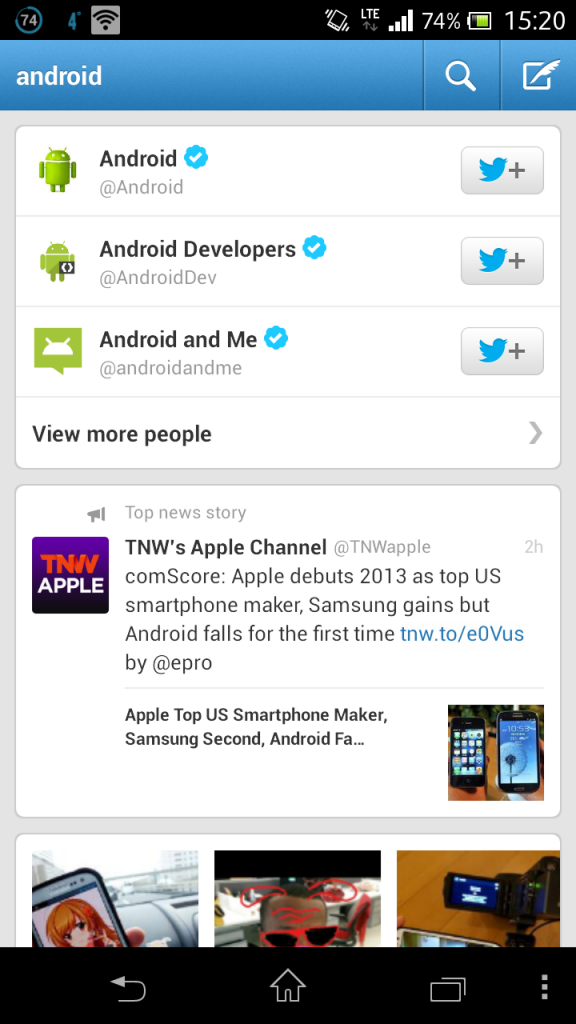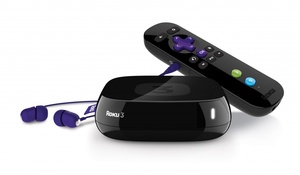BlackBerry receives “largest ever single purchase order” with One Million BlackBerry 10 smartphones
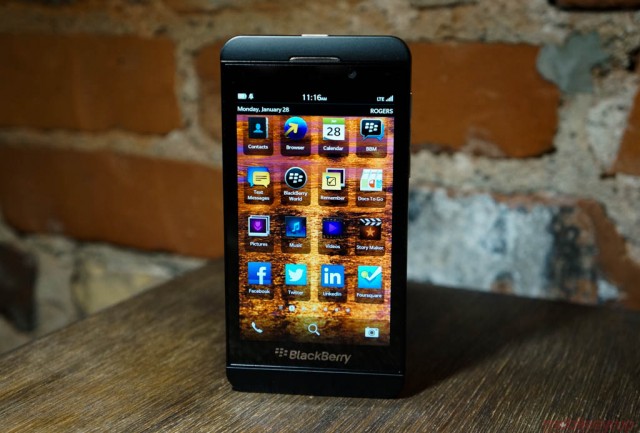
BlackBerry was officially released in Canada on February 5th and the launch carriers stated there was “great interest,” “intense interest,” and “very positive response.” There’s no hard sales numbers, but the global rollout has expanded to the United Kingdom, India and coming up in the United States on March 22nd.
In a press release today BlackBerry announced a massive endorsement for what they label as the “largest ever single purchase order in BlackBerry’s history.” Apparently an unknown “partner,” probably a carrier in the States, has placed an order of a whopping 1 million units. The release doesn’t specifically mention one million BlackBerry Z10 smartphones, just “BlackBerry Partner Purchases One Million BlackBerry 10 Smartphones.” So there could be a mix of all 6 BlackBerry 10 smartphones this year. Regardless, one million BB10 smartphones is a serious commitment.
Rick Costanzo, EVP Global Sales for BlackBerry, said “An order for one million devices is a tremendous vote of confidence in BlackBerry 10. Consumers are ready for a new user experience, and BlackBerry 10 delivers. With strong partner support, coupled with this truly re-invented new platform, we have a powerful recipe for success.”
Source: BlackBerry

